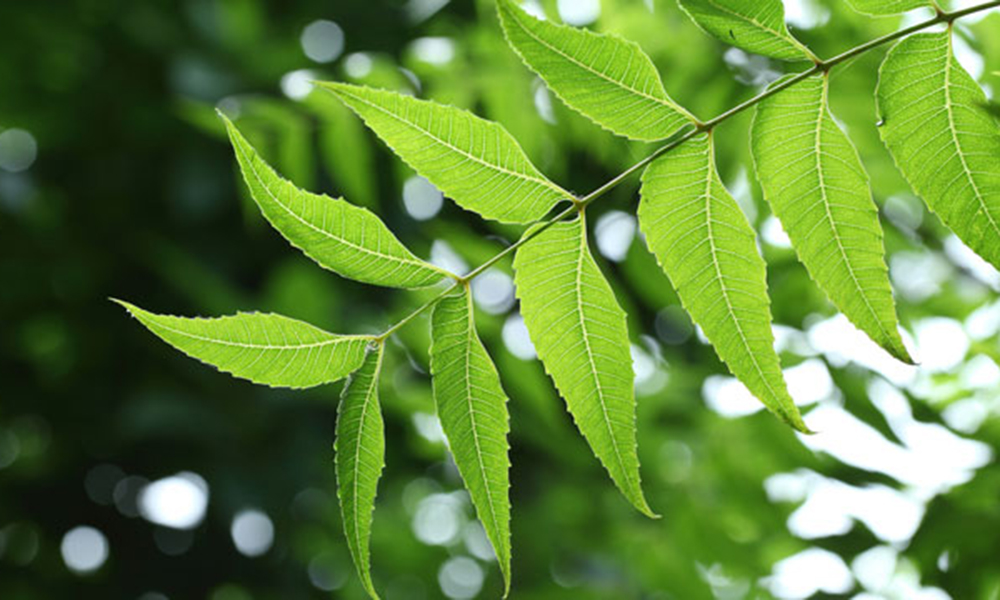
By Brian Moseti
The demand for neem has more than tripled in the last five years, driven by the tree’s myriad medical and pest control, which now looks to include locust control, but while China has planted 22m trees in the last two decades, Kenya is only now awakening to the market opportunity.
During 2020, neem has gained sudden attention for its potential to control locusts. In February, Kenya’s Ministry of Agriculture, Livestock and Fisheries and Cooperative listed neem as one of the botanical insecticides that had shown great promise as an alternative to chemicals in controlling the pest. Already, farmers in Eastern Kenya have had great success in using neem extracts to fight locusts and the Agrochemicals Association of Kenya (AAK) is carrying out studies on the efficacy of the botanical product in locust control.
Additionally, the Pest Control Products Board (PCPB), in its most recent list of pest control products registered for use in Kenya, endorses several neem-based pesticides and insecticides.
Related News: Neem leaves save Nakuru farms from pests
But neem has also found popularity around the world for its role in disease cure and prevention. Several scientific studies, including one titled Therapeutics Role of Azadirachta indica (Neem) and Their Active Constituents in Diseases Prevention and Treatment published in the PubMed journal, show that neem and its ingredients have therapeutical powers. Indian farmers have also traditionally used de-oiled neem cake as a fertilizer and soil additive as well as an active ingredient in shampoos and dog sprays.
The versatility of the tree is making it a valuable commodity globally, with the neem oil/extract market expected to reach an annual value of $1.9bn by 2021, driven by rising demand in North America, Europe, and China.
This will be a three-fold growth since 2015 when the extract market generated revenue worth $653.7m, according to the Global Neem Oil/Neem extract Market 2020 report by Innovate Insights.
However, “the Neem Oil/Neem extract industry is highly competitive, due to a large degree of fragmentation in the market,” said the report.
India produces almost 60 per cent of the neem oil/extracts in the global market with the country’s production of seed kernels, now at 3.5m tonnes a year, yielding over 700,000 tons of oil. China is also a large exporter of neem products have cultivated more than 22 million trees since 1999.
Related News: Farmers hold off locusts with neem in hope of timely government spraying
In Kenya, large-scale neem planting has been achieved by the International Centre of Insect Physiology and Ecology’s (ICIPE’s) awareness projects in schools across Suba and neighbouring districts as well as numerous homesteads in western Kenya.
The tree is also cultivated in regions of the Kenyan Coast, like Mwatate in Taita Taveta County, where each homestead has 1-2 trees for domestic medicinal use and often for making sculptures.
Related News: Banana farmers find value in neem as a botanical pesticide against black weevil
However, the tree has not yet been planted on commercial plantations like in India, where cultivation covers tracts of up to 5,000 acres.
Native to India and Burma, neem whose common botanical name as Azadirachta indica is a member of the mahogany family. Neem is revered by Indians as a “village drugstore” owing to its potential to treat a myriad of diseases. The evergreen tree can grow up to a height of 30 metres and survives for 200 -300 years.
Neem is drought resistant and grows well in altitudes of 0-1400m above sea level and in soils ranging from sandy and sandy-clay soils to riverine clay.
It performs exceptionally well in arid and semi-arid lands (ASALs), and with ASALs making up 89 per cent of the land in Kenya, the tree becomes one of the crops that can be grown profitably as it requires little to no management once established.
Write comment (0 Comments)
















